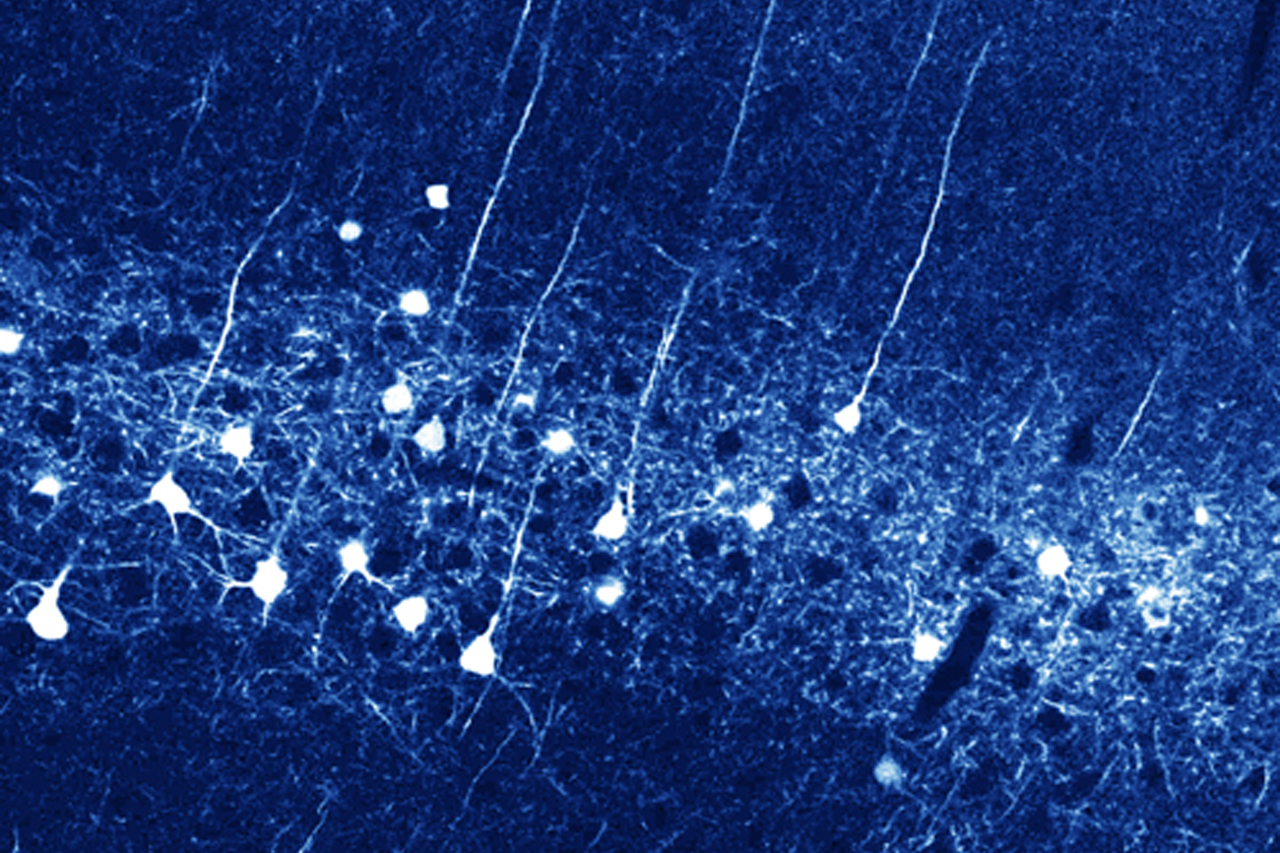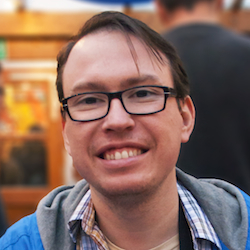Big things have been happening here at camp NEURODOME! First of all, we have some fresh faces. On the data visualization side, we are now working with Patrick McPike, founder of Immersive Creations. Formerly the Technical Director at the Adler Planetarium in Chicago, Patrick has collaborated with Sesame Workshop, NASA, NCSA, and numerous other planetarium partners. His work is currently shown in planetariums around the world and his visualizations have been featured on the cover of Science magazine!
And we are honored to be working with multiple Emmy-Award-winning writer Louise Gikow!! Louise’s work spans television, multimedia, and books for kids and adults. She wrote the two most recent planetarium shows for the American Museum of Natural History: Cosmic Collisions and Journey to the Stars. Louise will be writing the script for our short planetarium film due next August. As Wayne (Mike Meyers) would say, “We’re not worthy!”
Astro / Neuro visualizations
With the help of Immersive Creations, we have achieved our first milestone by placing biological data into the Digital Universe Atlas! Here’s a clip showing a journey from Earth outward to visit neurons mingling with the most distant galaxies of the known universe. A bit of artistic liberty is taken with these scale – each neuron is a few million light years across :)
The 3D data of neurons was produced by a scanning laser microscope and shows neurons from the visual cortex; the data is from Ashlan Reid, Hassana Oyibo, and Martin Davis of Cold Spring Harbor Lab (read their description). The clusters of galaxies, data from the Sloan Digital Sky Survey, seem to “spray” out of a plane, but that just represents our narrow range of observation – the universe doesn’t have that shape!
Now, with Immersive Creations and some help from SCISS, our Sweden-based colleagues, we are working on importing the biological data using volumetric modeling. This will be more appropriate for viewing our data and will also be less memory intensive, a huge asset for live demonstrations.


